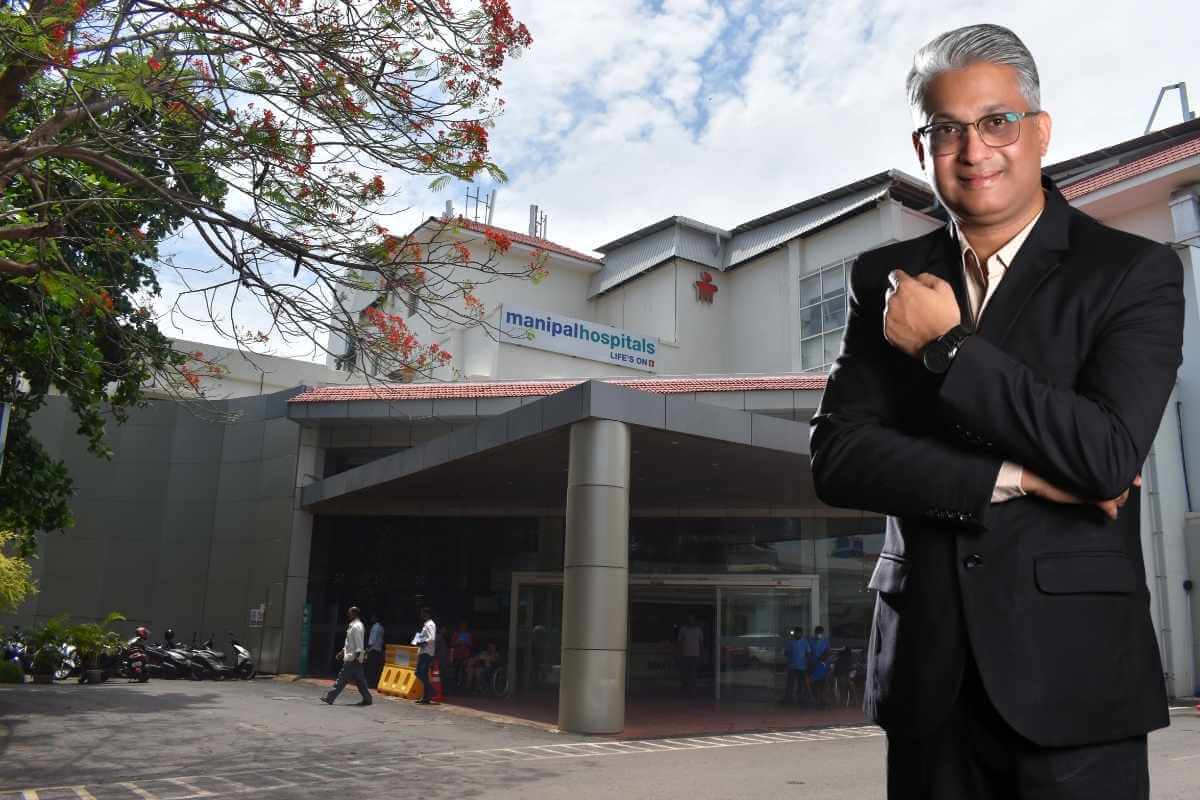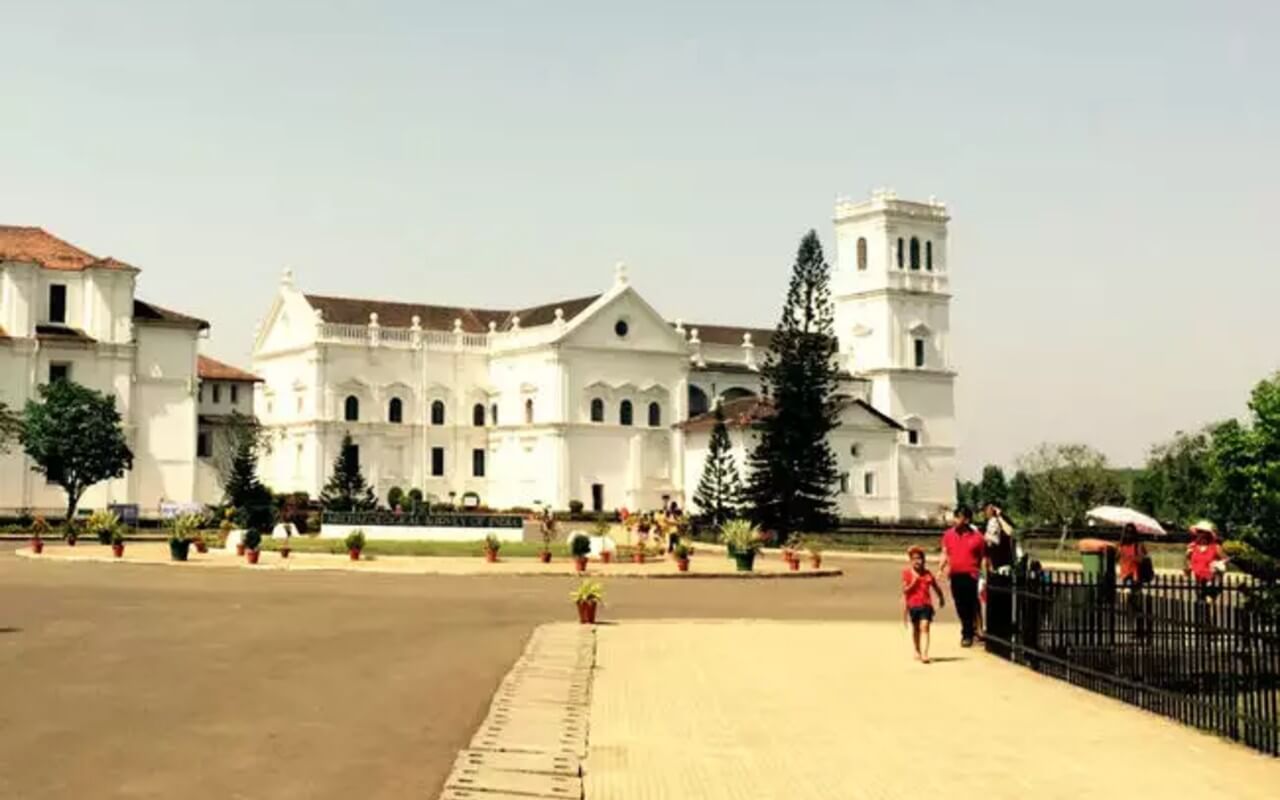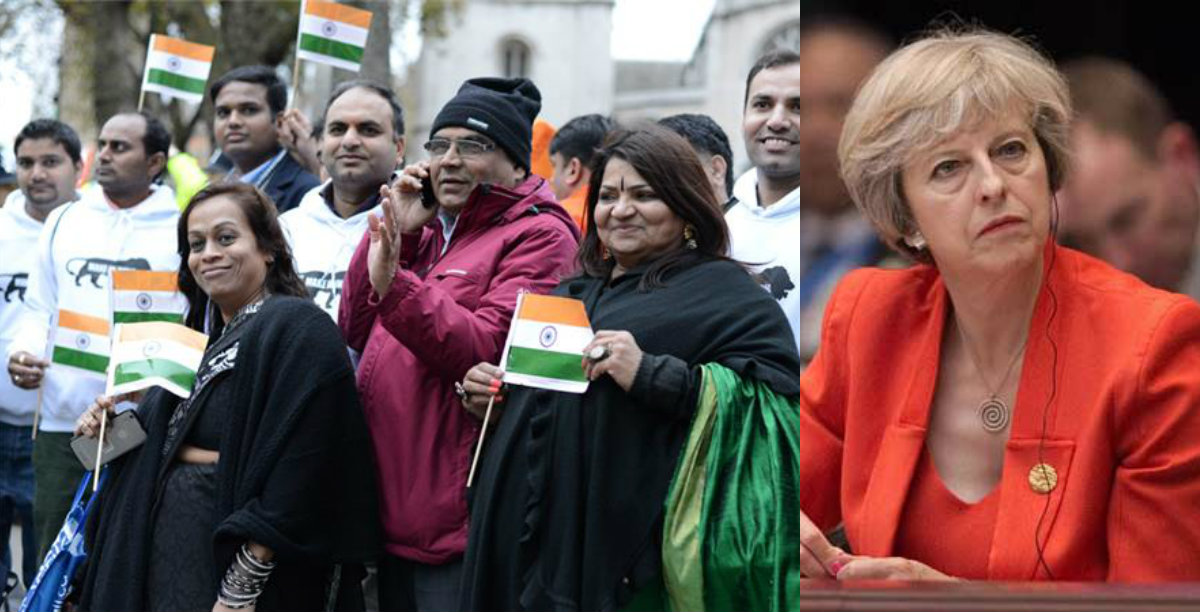Maruti temple of Mala which is situated on the hillock of Altinho that connects to Goa’s ancient Portuguese colony “Fontainhas” is very famous for its annual Zatra celebration that takes place in the month of January – February based on the Hindu calendar. The Fontainhas is one of the oldest Portuguese Colony exists in Goa and it came into existence after the complete evacuation of Old Goa by Portuguese due to the spread of deadly plague epidemic in 17th Century. The Portuguese moved to Panaji and started settling down at here.
The Maruti Temple situated on the Fontainhas hillock has the long-standing history behind its existence. According to the sources, The Marutiraya Sansthan of Mala is almost 80 years old and is one of the most beautiful temples exists in Goa situated amidst the scenic surrounding atop the hill. It’s a picturesque walk, back through the by lanes of the past, as you pass through the narrow roads that make up the precincts of Sao Tome and San Sebastian in the areas of Fontainhas, also known as Mala. Filled with traditional houses, that share space with houses from the Portuguese era, these areas were declared as a conservation zone in 1974 and it is a fine example of peace & harmony. The architectural styles from the east and west blend together well.
According to the historical facts, this temple was conceptualized and designed by the visionary leaders of the ‘Gomantak Saraswetetar Samaj’ during the Portuguese era. Shri Marutirai Sansthan was established on 23rd January 1934, the tenth day of Magh (according to the Hindu calendar). Originally the Maruti Temple of Mala was small. The structure that exists today was replaced by the new temple committee in the year 1980.

At present, the temple is also seen from the outskirts of the city and the illuminated structure during the night attracts the attention. Although the main festivals at this temple are Navaratri and Chaitra Purnima, Hanuman Jayanti, Ram Navmi and all the Saturdays in the holy Hindu month of Shravan but the most important festival that is organized in the temple is Maruti Jatrotsav, commemorating the foundation day of the temple. Initially, this day was celebrated by holding a palanquin procession of the deity, within the precinct of the temple. However, later, with an objective to expand this festival, the procession moved from the temple to Mala, Panaji area, up to Vitthal and Rukmini Temple and further took a turn at the holy venue near People’s High School, to return.
The annual zatra of the temple is attended by Hindu devotees not only from the city, but adjoining villages also. On this occasion the palkhi of Lord Maruti is taken around the ward, stopping at homes so that devotees can offer prayers. The palkhi starts its journey from Vitthal and Rukhmini temple, which is opposite Bhandari Hospital. (This temple was built in 1917 by Vasudev Khovanekar) from here, it goes to Rua de Ourem, where it stops at the Ghumti of Vatari Deu, near People’s High School. It then enters Filipe Neri Xavier road and wends its way through Nanu Pednekar road up to the chapel of St Francis Xavier, at Portais (Bhatlem). From here, it makes its way back to the temple of Lord Maruti. This procession goes on through the night and ends in the wee hours of the morning.

According to the sources, the celebration of Maruti Temple zatra started in the year 1944. Prior to the electrification of the temple the committee used to make use of the petromax (portable kerosene lamp) during the zatra festivities. However, this and non-availability of funds did not deter the committee and the devotees from celebrating the zatra. In 1953, when electrical installations were provided, the committee overcame a major hurdle. People living in Mala also made good use of electricity by illuminating their houses and creating a festive atmosphere along the route.
On the day of the Zatra, ‘abhishek’ is held in the morning at five. Thereafter, other main rituals, ‘Punyahvachan’, ‘Matruka Pujan’ and ‘Nandi Shraddha’ are also performed. At seven in the evening, the grand palkhi procession of Lord Maruthi will start from Vitthal and Rukmini temple. The festivities continue for four days. On the second day, the palkhi procession of Lord Maruti is held around the temple, followed by aarti, tirthprasad, and pauni (auction of offerings of coconuts and fruits given to the deity). On the third and fourth day, the same rituals are followed. There are various cultural programmes organised during these days. Some wards in Mala make statues of Maruti and have different decorations and illumination, which attract a large number of visitors. A large fair is put up from the foot of the hill and winds along the Nanu Pednekar road till the junction of Filipe Neri Road (Fundação Oriente).
People living in Mala still recollect the olden days when the crowd used to throng to the zatra during the late evening through the night. The public transport system was limited then and people could not afford to buy motorcycles, leave alone cars, and many used to commute on cycle back home to the adjoining villages. However, most of them remained in the town till they could get the first carreira or bus leaving Panaji. Those were the days when Cine Nacional would have shows of a popular movie, which would usually be houseful! The popular tea shop ‘Anita’ now known as ‘Kantas’ (near People’s High School) owned by the Joshis, which used to have crowds visiting them to eat the house specialty ‘kalvachem tonnak’, say that business is not the same at present as in the past.


























